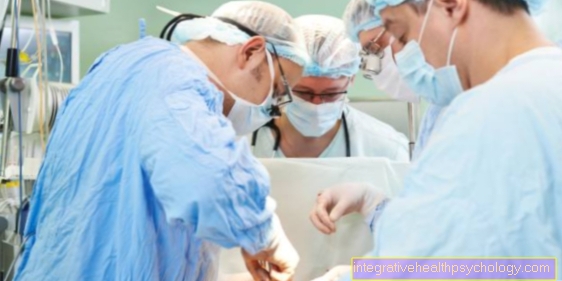Sobelin® (clindamycin) and lincosamine
Classification
-und-lincosamine.jpg)
Sobelin® is the trade name of the active ingredient clindamycin, which belongs to the antibiotic group of lincosamines. Lincomycin, known under the name Albiotic®, can also be added.
effect
Lincosamines are characterized by their good tissue accessibility. While other antibiotics do not reach certain regions of the body e.g. Teeth and bones, penetrates Sobelin® in there very well. It inhibits protein synthesis and works bacteriostaticthat means it inhibits the growth of bacteria. In addition to teeth and bones, it also penetrates them placenta and into breast milk, which makes it difficult to use in pregnant women.
Lincosamines have the ability to convert into macrophages (phagocytes) and granulocytes (White blood cells) to accumulate. As a result, these drugs can work precisely in the area of the body where inflammatory processes are taking place (e.g. abscess). The drug is over the liver metabolized and about the kidney and the bile eliminated.
Areas of application
They are mainly used in anaerobically growing bacteria (Bacteroides and Fusobacteria) and in gram-positive bacteria (Streptococcus pyogenes, Streptococcus pneumoniae, Streptococcus viridans, staphylococci, Bacillus anthracis, Corynebacterium diphteriae, Actinomycesamine and Toxoplasma gondii). It is used for severe gastrointestinal and gynecological infections and abscesses. Clindamycin / Sobelin® is also often given for bone and tooth infections and as prophylaxis after dental procedures. For staphylococcal infections where no other antibiotics are effective (therapy resistance), for actinomycosis and for Toxoplasmosis especially at HIV Sobelin® is also occasionally used in infected patients.
Side effects
Symptoms of the gastrointestinal tract, including diarrhea and nausea, but also pseudomembranous colitis, occur particularly frequently when taking lincosamines. Allergic reactions can rarely be observed. All lincosamines have a toxic effect on the liver, which is why they should be used with particular care in patients with liver disease. The drug administration of the lincosamines into the muscle (intramuscular) can be particularly painful. When given via the vein (intravenous) it can lead to inflammation of the blood vessel (phlebitis). Furthermore, a so-called neuromuscular blockade with resulting neurological side effects, such as weakness and deafness, but also movement disorders, is possible.
Read our article on this:
- Side effects of antibiotics
and - pseudomembranous colitis
Interactions
There Antibiotics If the macrolide group has an effect similar to that of the lincosamines, a combined dose does not make sense, as both drugs can weaken each other's effects. Oral contraceptives ("pill“) Affect the intestinal flora and the circulation of the hormone estrogen. When combined with lincosamines, the effect of the “pill” may be reduced. Simultaneous use of anesthetics and muscle relaxants can exacerbate the neuromuscular disorders caused by lincosamines, resulting in a Muscle weakness, Restricted mobility and numbness.
Contraindications
When known allergy against the drug group lincosamine and in severe hepatic insufficiency Sobelin® not given and more likely to be switched to other antibiotics. Since the lincosamine solution contains benzyl alcohol, it should not be used on infants and newborns.

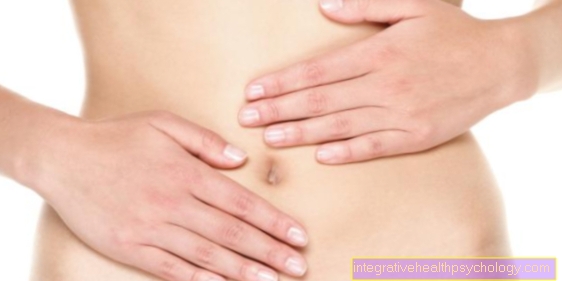
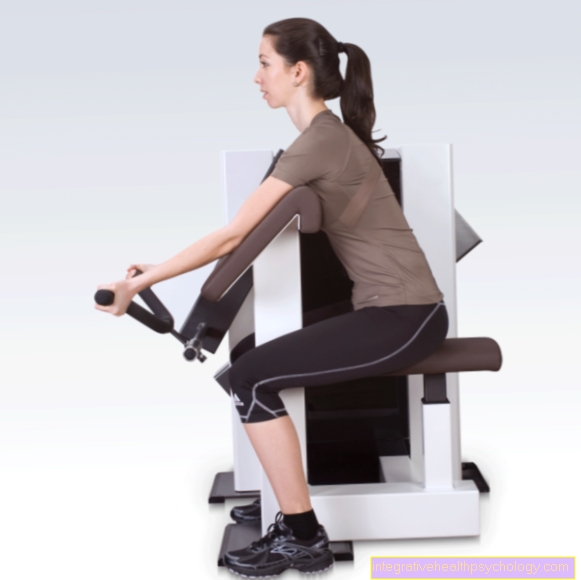



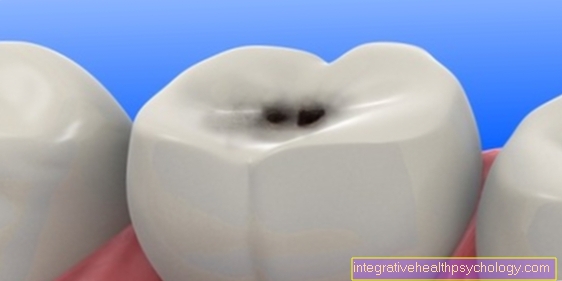





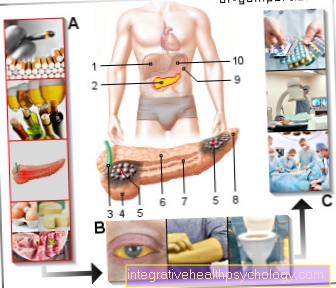
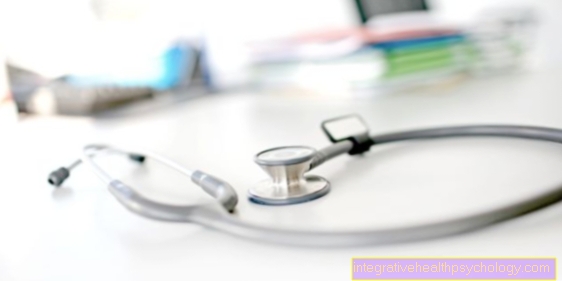
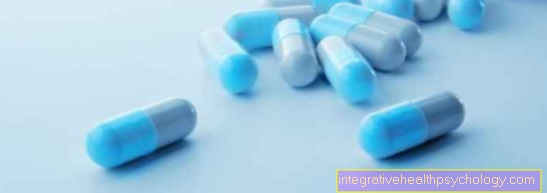



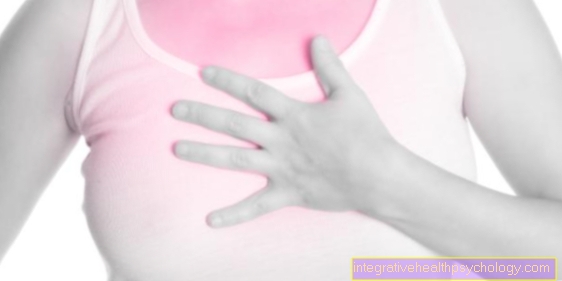
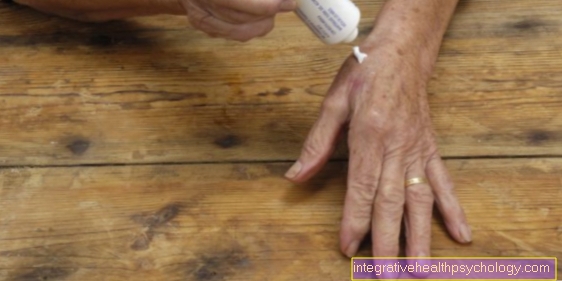
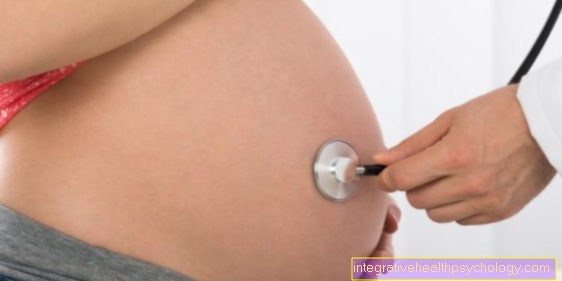


.jpg)


